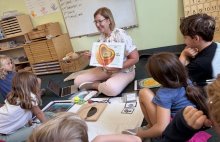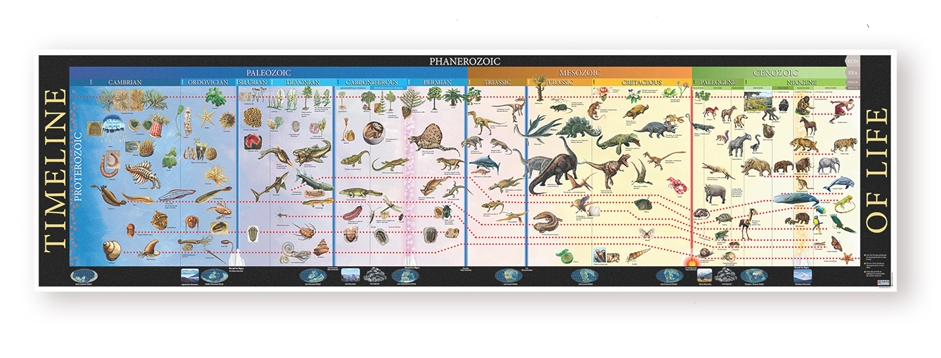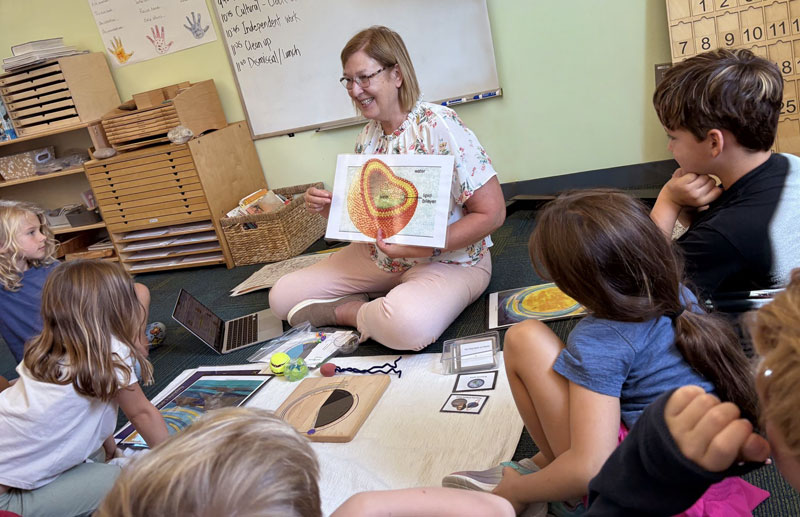The Timeline of Life: Nurturing Wonder, Connection, and Compassion

If you step into any Inly LE classroom during the fall, you will notice children unrolling a long, colorful chart across the floor. This is the Timeline of Life, a signature Montessori material that invites children to journey through the vast history of our planet—from the first single-celled organisms to the incredible diversity of life we know today.

Why We Share the Timeline of Life
Maria Montessori believed that children thrive when they see themselves as part of something bigger. The Timeline of Life supports that vision by giving students a concrete picture of “deep time.” Instead of memorizing isolated facts, children can see how billions of years of gradual change led to the world in which they live. They notice when plants first appeared, how animals adapted, and how ecosystems shifted after major events such as ice ages or extinctions.
This lesson is more than a science story. It lays the foundation for later studies in biology, geology, and history. Children return to the timeline many times, each revisit sparking new questions and deeper understanding.
Seeing the Web of Life
Perhaps the most powerful aspect of the Timeline of Life is the way it highlights Earth’s interconnectedness. Students begin to realize that no species (including humans) exists in isolation. The arrival of plants altered the atmosphere, making life possible for animals. Ancient marine organisms helped shape the land we walk on today. Every event is a thread in a single, vast web.
When children see how profoundly all life is linked, they begin to grasp a simple truth: our choices affect the whole planet. This perspective naturally nurtures compassion…for animals, for ecosystems, and for one another. It becomes easier to care for a classroom pet, protect a pollinator garden, or advocate for cleaner air when you understand that every living thing depends on every other.
Benefits Beyond the Classroom
Families often notice that after this lesson their child asks bigger questions: “What will life be like in a million years?” or “How can we help endangered species?” These conversations signal that the child is developing both scientific curiosity and moral awareness—exactly what Maria Montessori hoped for when she called education “an aid to life.”
By exploring the Timeline of Life, our students not only learn about the past—they also grow into thoughtful stewards of the future.









